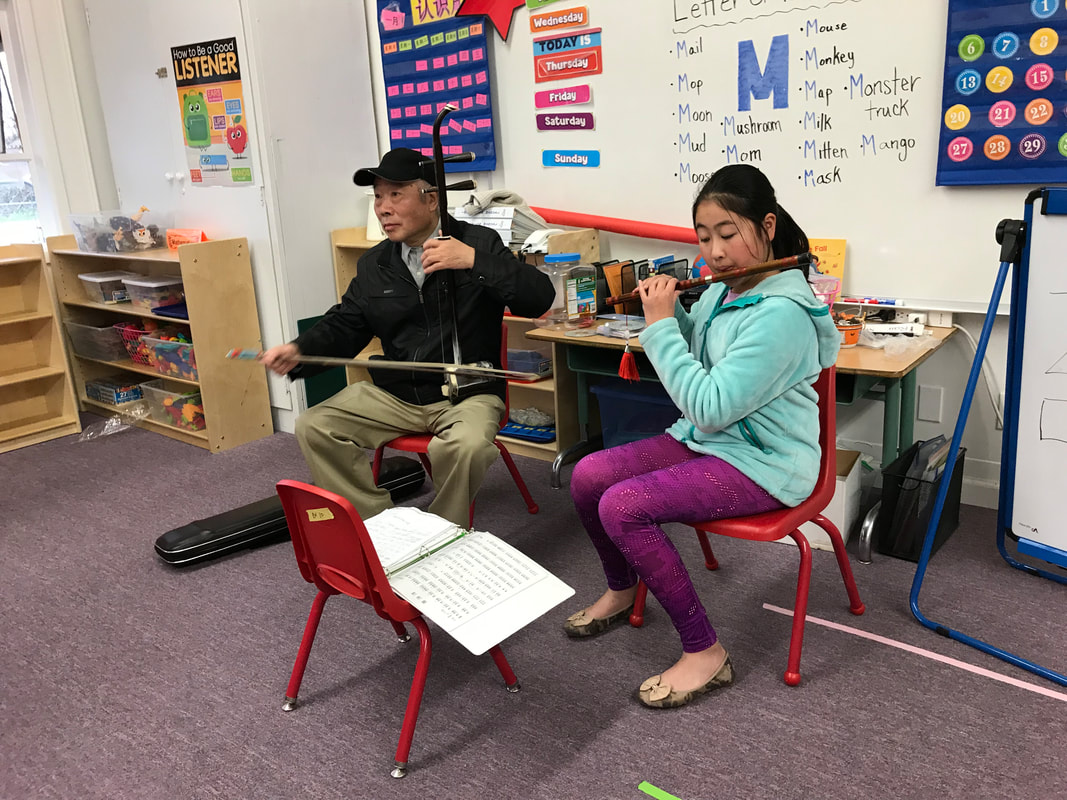


The Outdoor Classroom is always a great place to draw & paint the plants that are growing there. scrubbing the art mat clean for its next use.carrying the completed art piece to the drying rack.filling & emptying the little water containers.

There is so much learning going on for the child, not only with the actual art process, fine motor development, and aesthetic sensibilities, but with the vocabulary that goes along with it all!Īnd, don't forget the all-important Practical Life learning: You can find them on Amazon at the link above. There are 6 sizes of brushes in the kit I bought, including several round-tipped and several flat-tipped brushes in varying sizes. I recently discovered these from Faber Castell and they are just right for a child's hand. I also really like the triangular brushes in the photos above. (the paper is wet: use the flat brush and the clean water with no color on the brush) With this tray, I added a third water color cake, but was careful to keep them primary colors (NOT complimentary colors!) so that the child can blend but not muddy the colors.(I also learned that from Kelly's Monday blog tutorial!) On another day, the child can explore the wet on wet technique for water colors.
#7 MAGIC FLOWERS MONTESSORI HOW TO#
You can show how to make "lines" on the dry art paper that each look different according to how much water is on the brush, how fast or slowly the brush is moved across the paper, and whether the rounded brush or the flat brush is used. The first experience for the child would be the dry brush technique set up on a tray with 2 water color cakes. 2 chop stick holders for the paint brushes to rest upon.2 bowls for water: one for rinsing off paint and one that stays clean & clear for activating the water color paints.2 child-size triangular paint brushes: one with a rounded tip and one with a flat tip.2 cakes of water colors (or tempera) in 2 different colors.The Montessori-style tray is set up with the following:


 0 kommentar(er)
0 kommentar(er)
